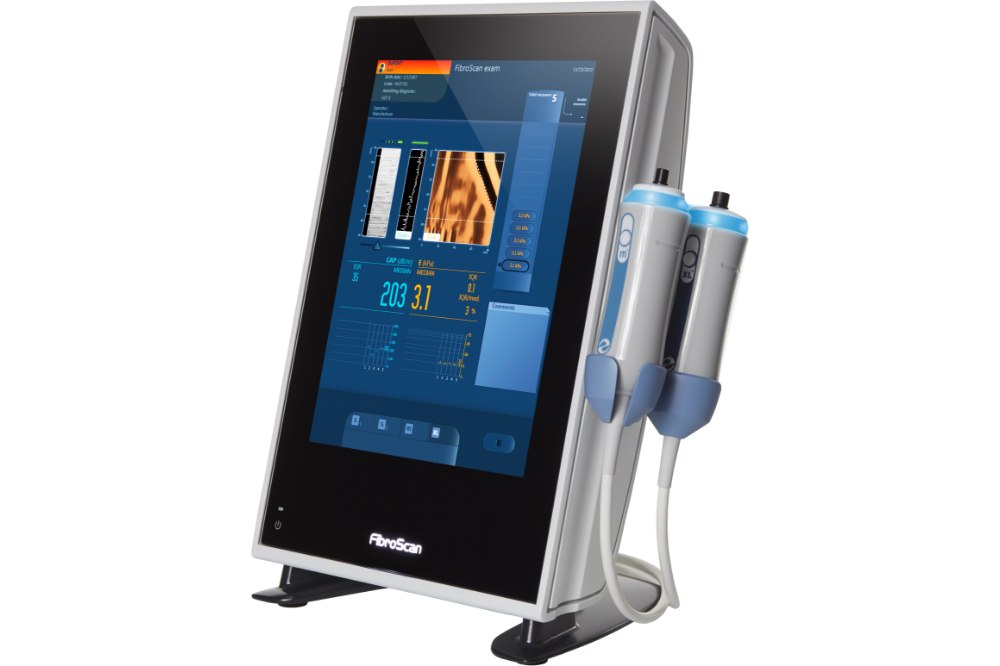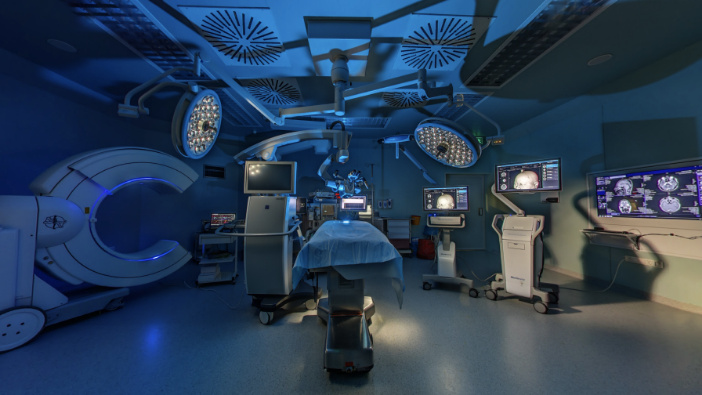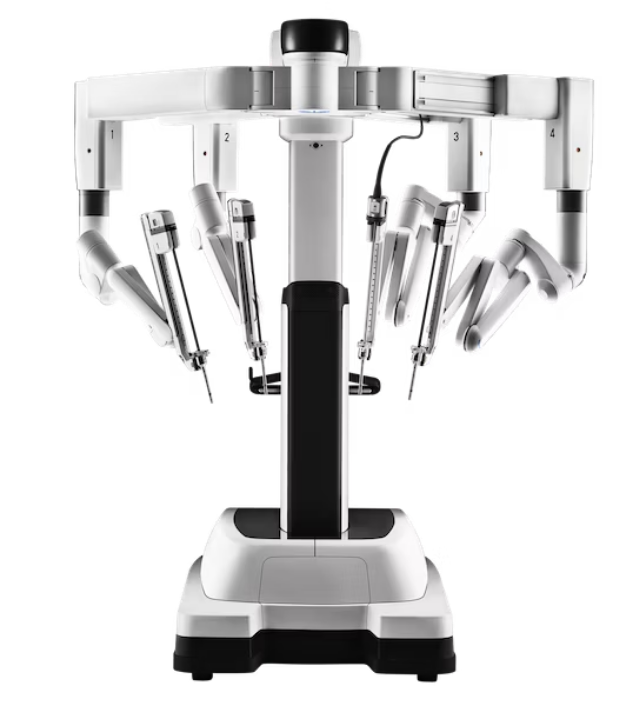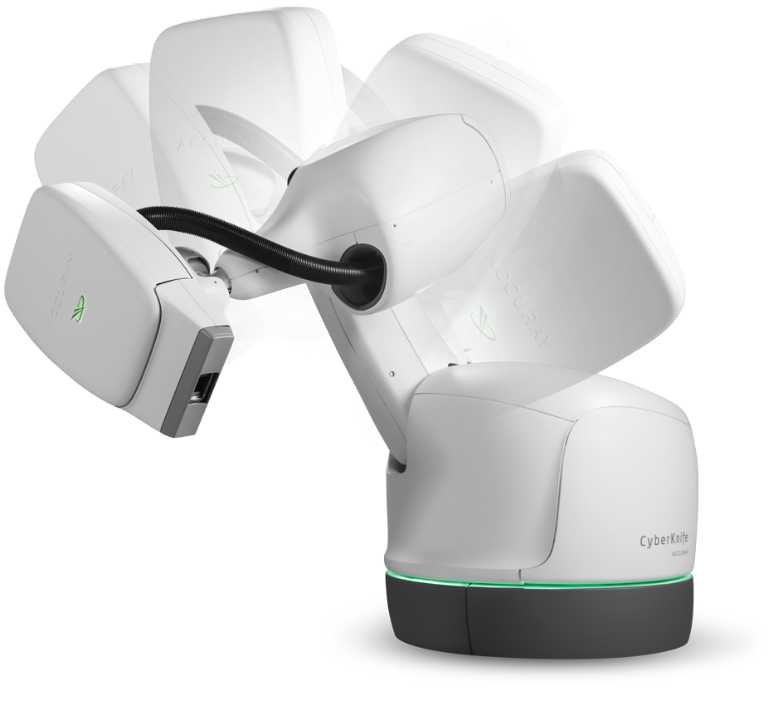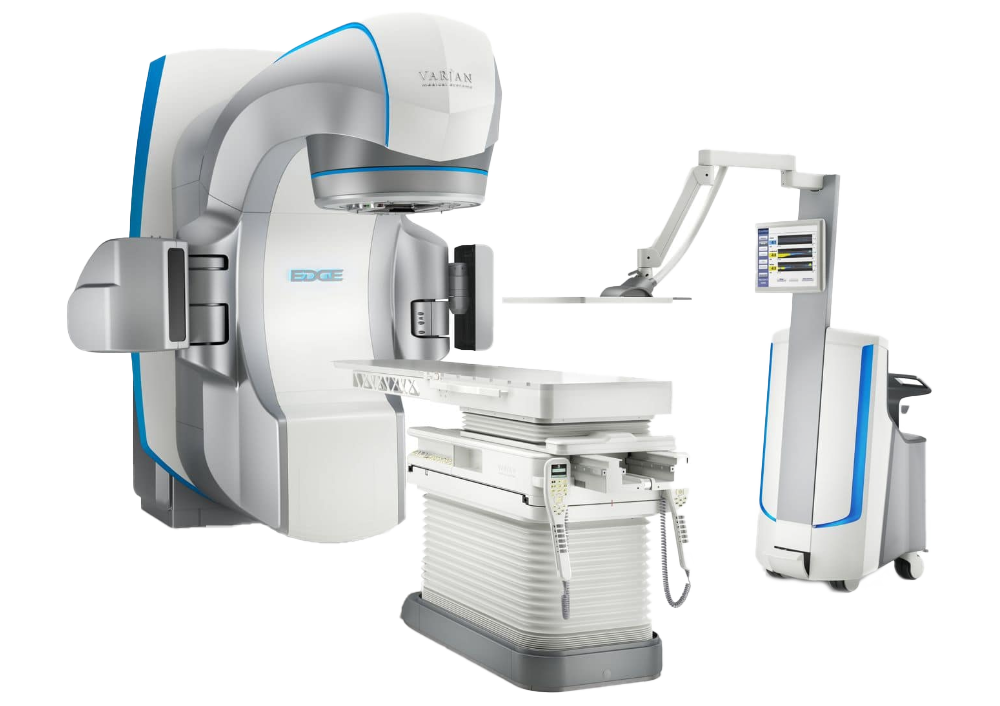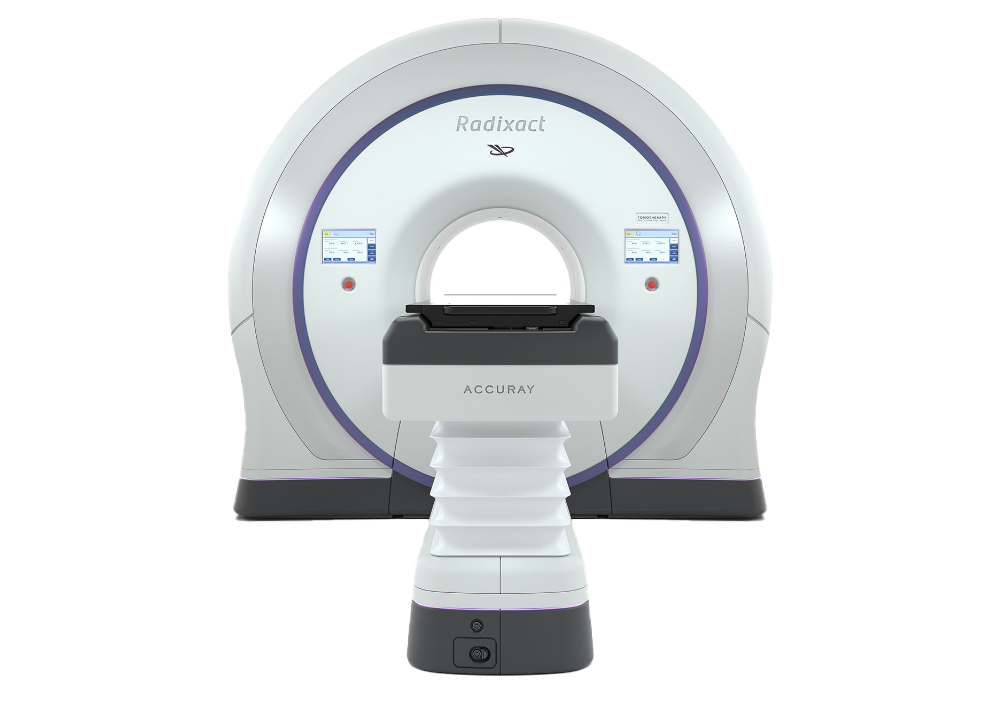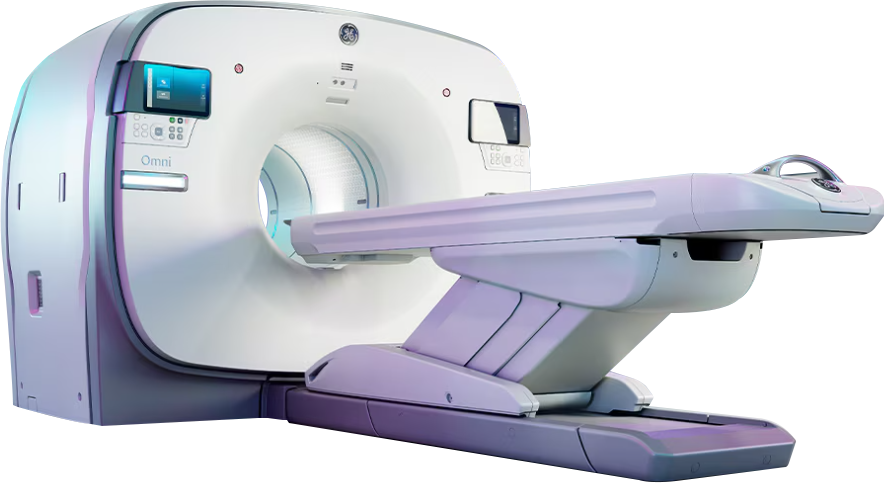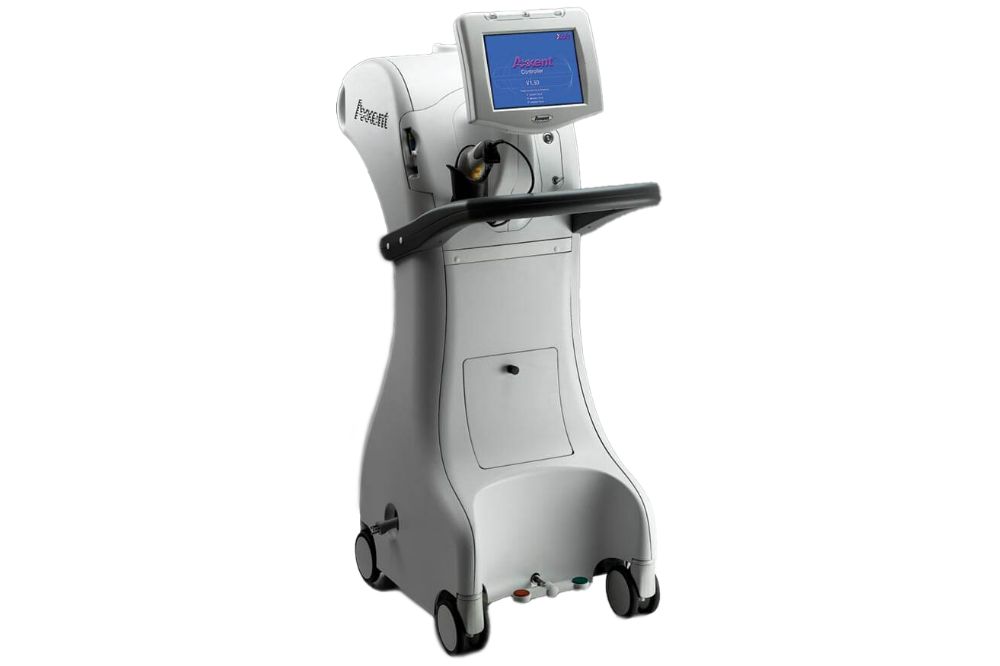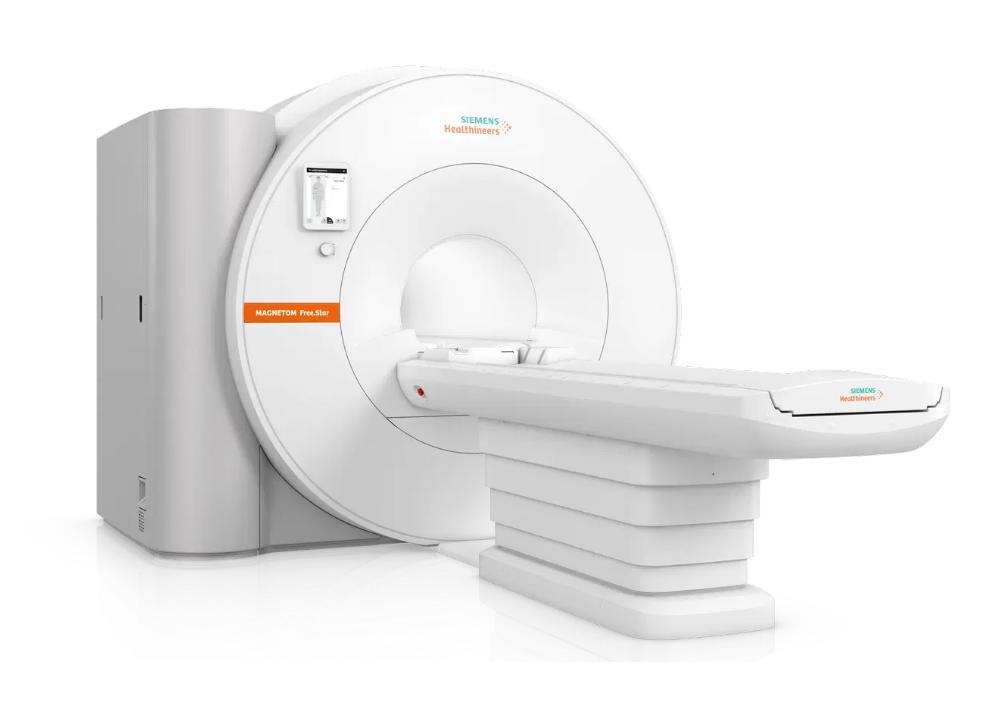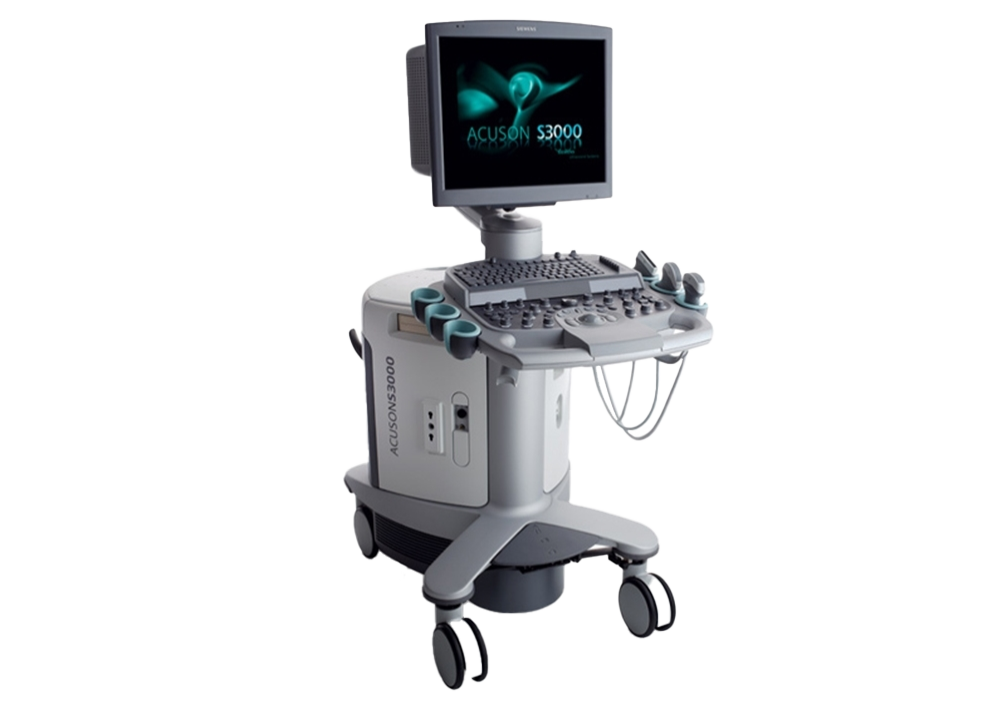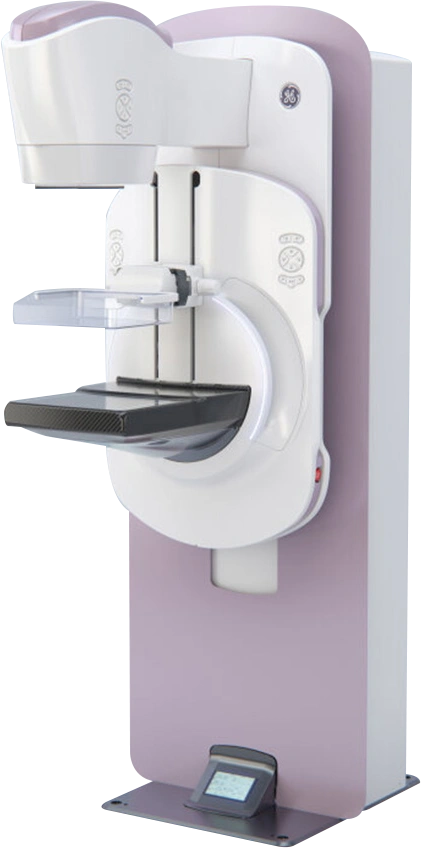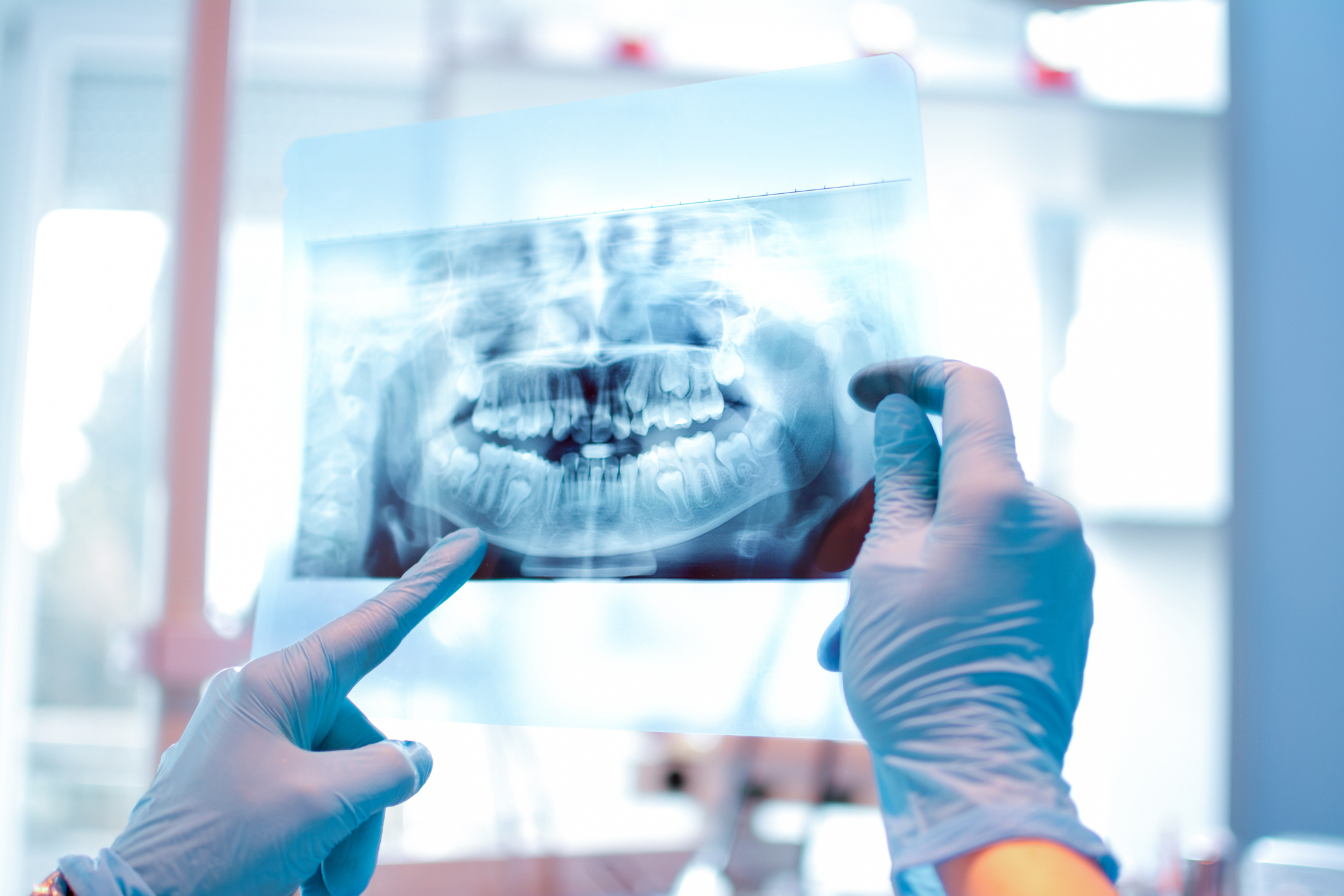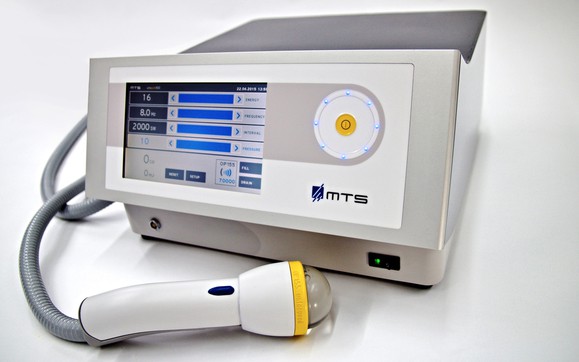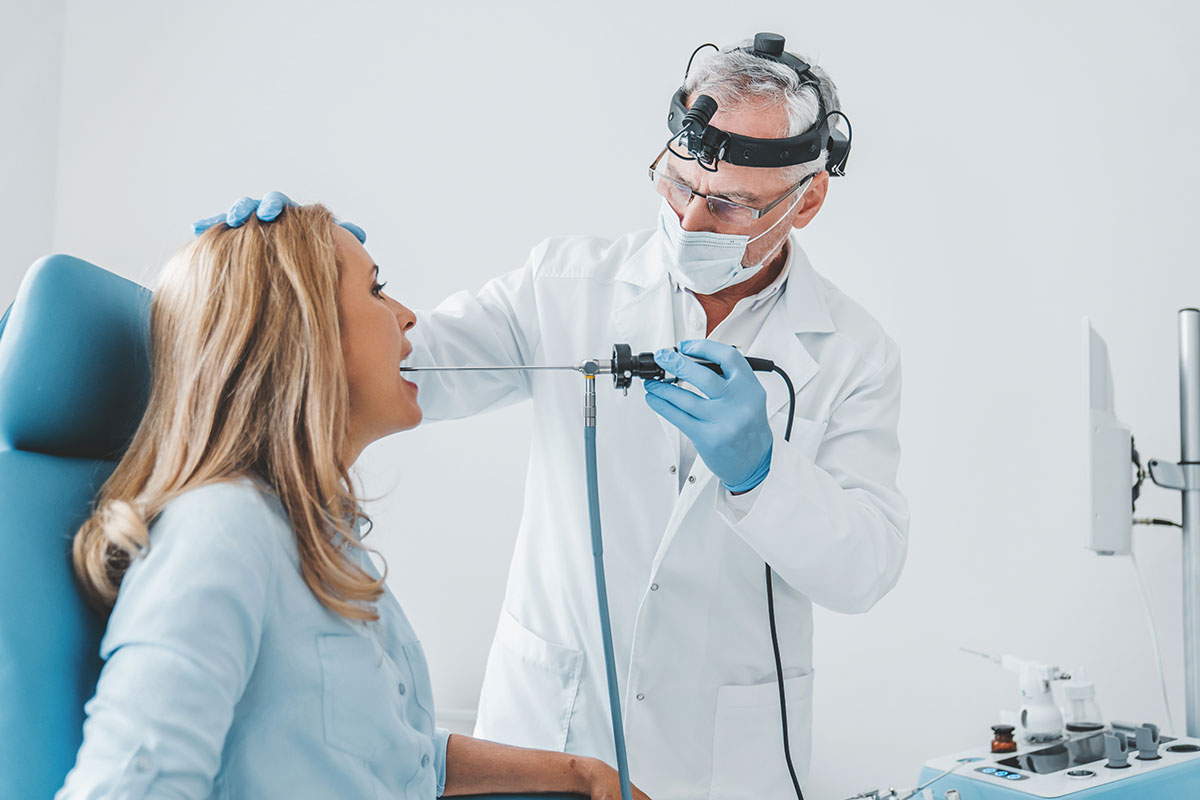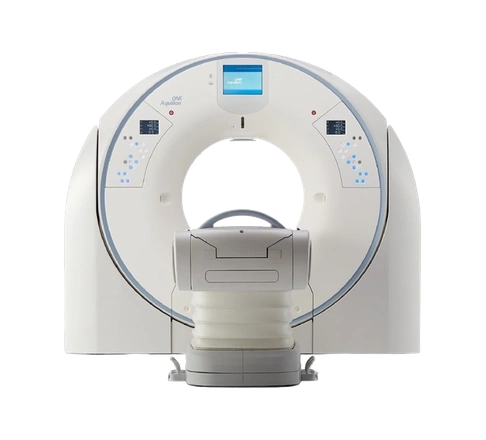MR-TRUS Fusion
MR-TRUS Fusion
MR-TRUS Fusion: Targeted biopsy in the detection of high risk prostate cancer
Tümor targeted MR-TRUS Fusion Biopsy is a method, which detects foci suspicious of prostate cancer, and ensures taking biopsy from these foci with millimetric sensitivity by means of an advanced technology device and software. With this method, the cancer foci may be detected by a higher precision, and repeated biopsies are not required.

Why is prostate biopsy performed?
Biopsy is performed by your urologist, in case of detection of a suspicious situation and/or of high level of Prostate Specific Antigen (PSA) value in the blood, in order to detect, whether there are cancer cells in your prostate gland. The treatment is determined on the basis of assessment for characteristic properties of cancer (localisation, size, aggression), if any, at the end of biopsy.
What is MR-TRUS Fusion?
“MR-TRUS FUSION” is a “smart biopsy” technique with high accuracy and sensitivity used for the diagnosis of prostate cancer. By means of a particular software, the images of the Magnetic Resonance (MR) are processed, and are combined with real time Transrectal Ultrasonography (TRUS) images. With the advanced MR technology, the foci suspicious of cancer in prostate are marked; The prostate images obtained from Prostate MR-TRUS Fusion device during the biopsy are transformed to 3 dimensional images with the same device, and MR and TRUS images are superimposed, and “fusion” procedure is performed. The biopsy needle is directed to the marked suspicious MR regions by means of a robotic arm via the navigation feature of its software, and targeted biopsy is performed.

What is the advantage of Prostate Magnetic Resonance Imaging (MRI)?
In contrast to other organ cancers, until the MRI, it was not possible to visualize prostate. The developments in the MRI technology in the recent years increased the accuracy of visualisation by facilitating the differentiation between areas suspicious of tumour, and normal prostate gland; and the procedure takes less time, and ensures patients to be comfortable.
What is the advantage of the targeted MR-TRUS Fusion in comparison to classic prostate biopsy?
While classic prostate biopsy takes samples from standart regions by means of Transrectal Ultrasound; MR-TRUS Fusion, which combines advanced MR images with real time ultrasound images, provides a 3 dimensional map of the region, and directs the biopsy needle directly to the foci suspicious of cancer.The cancer rate of patients with normal examination, and high PSA level is 25%-30%. Classic biopsy may diagnose 70%-75% of current cancer. The infection and septic complication risks are higher depending upon the number of samples taken during biopsy despite the number of pieces taken from biospy.
The diagnosis rate is over 95% with MR-TRUS Fusion. Due to the fact that the number of the samples are low during the process of the targeted MR-TRUS Fusion, the possibility of infectious complication is lower as well. With MR-TRUS Fusion, the rate to detect clinically important cancers (with high possibility to cause damage in the patient), especially those with high level of PSA, and for which tumours are not detected in recurrent prostate biopsies, is higher.



